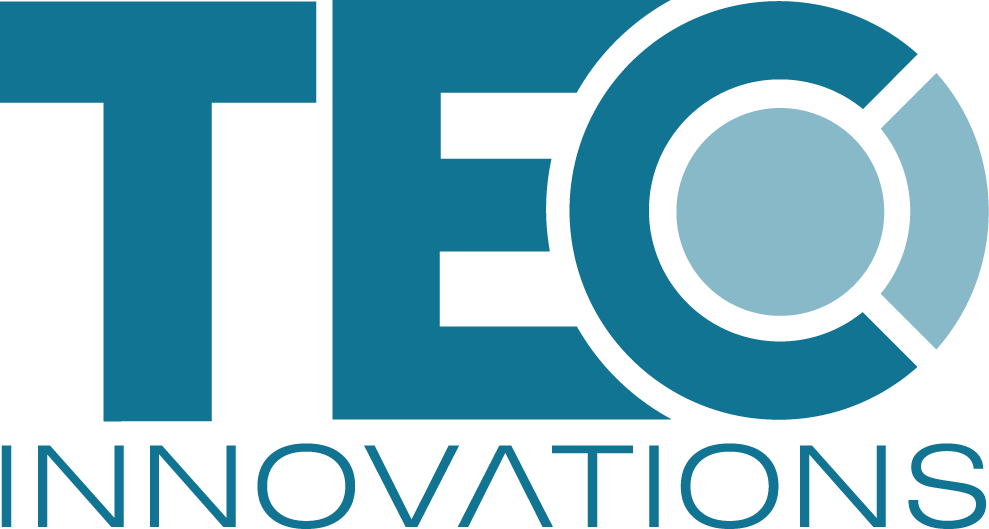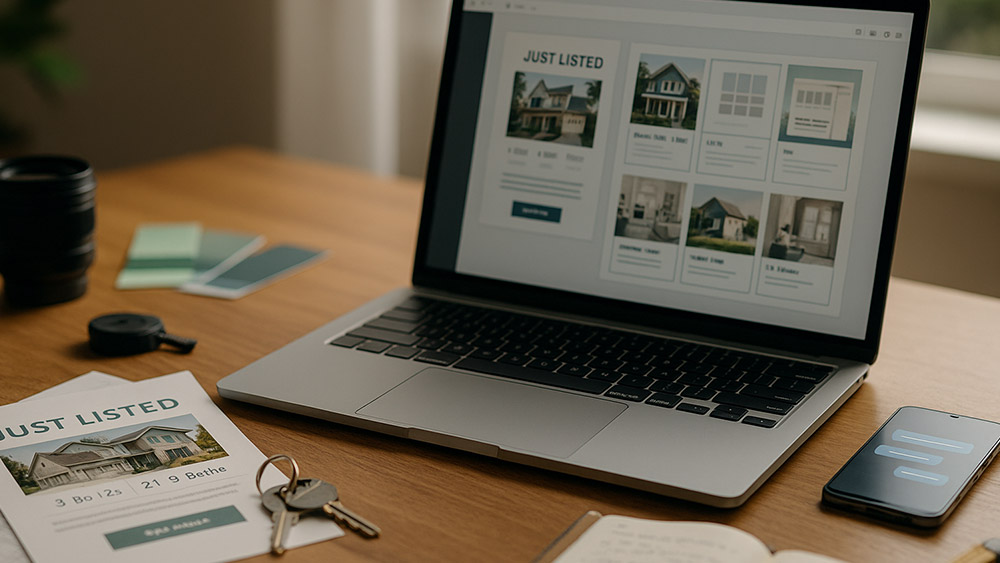The easiest way is to have ChatGPT give you your copy in a small table instead of a long paragraph. Think of it like a contact list: columns for Address, Beds/Baths, Price, a short Hook, a 1–2 sentence Caption, a Call-to-Action, and a Link. When your words live in a table, Canva can drop them into a ready-made design and create all your posts at once.
Connecting ChatGPT and Canva (the only “how-to” you need)
- Ask ChatGPT to return your listing info as a table with clear column names (Address, Price, Hook, Caption, CTA, Link).
- Put that table into a simple spreadsheet (Google Sheets or Excel). Download as CSV (a basic spreadsheet file).
- Open your master design in Canva (for example, your “Just Listed” carousel or flyer).
- In Canva, go to Apps → Bulk Create, choose Upload CSV, and select your file.
- Tell Canva which column goes into which text box in your design (Address goes in the address box, Price in the price box, etc.).
- Click Generate. Canva will make all the versions for you. Swap photos if needed, then download or schedule.
Quick note on tools you may see: some users have a connector that lets ChatGPT look up and reference your existing Canva files while you plan. Others may see MCP tools that can do a few steps for you in Canva, like copying a template or exporting sizes. If you’re starting out, stick with the CSV + Bulk Create steps above, they work everywhere. If MCP shows up later, it mainly reduces clicks; your basic process stays the same.
Once this is in place, weekly work gets easier. New listing? Run the same ChatGPT prompt, paste the results into your spreadsheet, and let Canva produce the posts and flyers from your saved template. Market updates, neighborhood sheets, open-house materials, and testimonials follow the same pattern because they use the same kind of table.
Quality usually improves, too. Your logo, colors, and required brokerage details live in the Canva template, so they’re never missed. Because you’re not retyping each post, typos and layout mistakes drop off.
Edits are simpler. If someone says, “Price changed” or “Tighten the hook,” you fix the one row in the spreadsheet and regenerate the designs. No rebuilding.
Remember to keep the language safe and factual, avoid claims about protected groups, don’t guess on features or measurements, and include the brokerage/licensing text your market requires. Putting those items in the template footer means they appear every time.
This same approach works for short videos. Write the headline, sub-headline, and CTA in your table, then place them into your Canva video project. You’re still feeding Canva a tidy set of words it’s just moving on screen.
Bottom line: have ChatGPT give you a table, save it as a simple spreadsheet file, and use Canva’s Bulk Create to fill your template. One small habit change replaces a lot of manual work and keeps every piece on brand. If you want this set up for your team, TEC Innovations can build the template and the starter spreadsheet so you can run the process in a single session.
Get Started
When you’re ready to learn more about how we can help, click the button below to get started.







